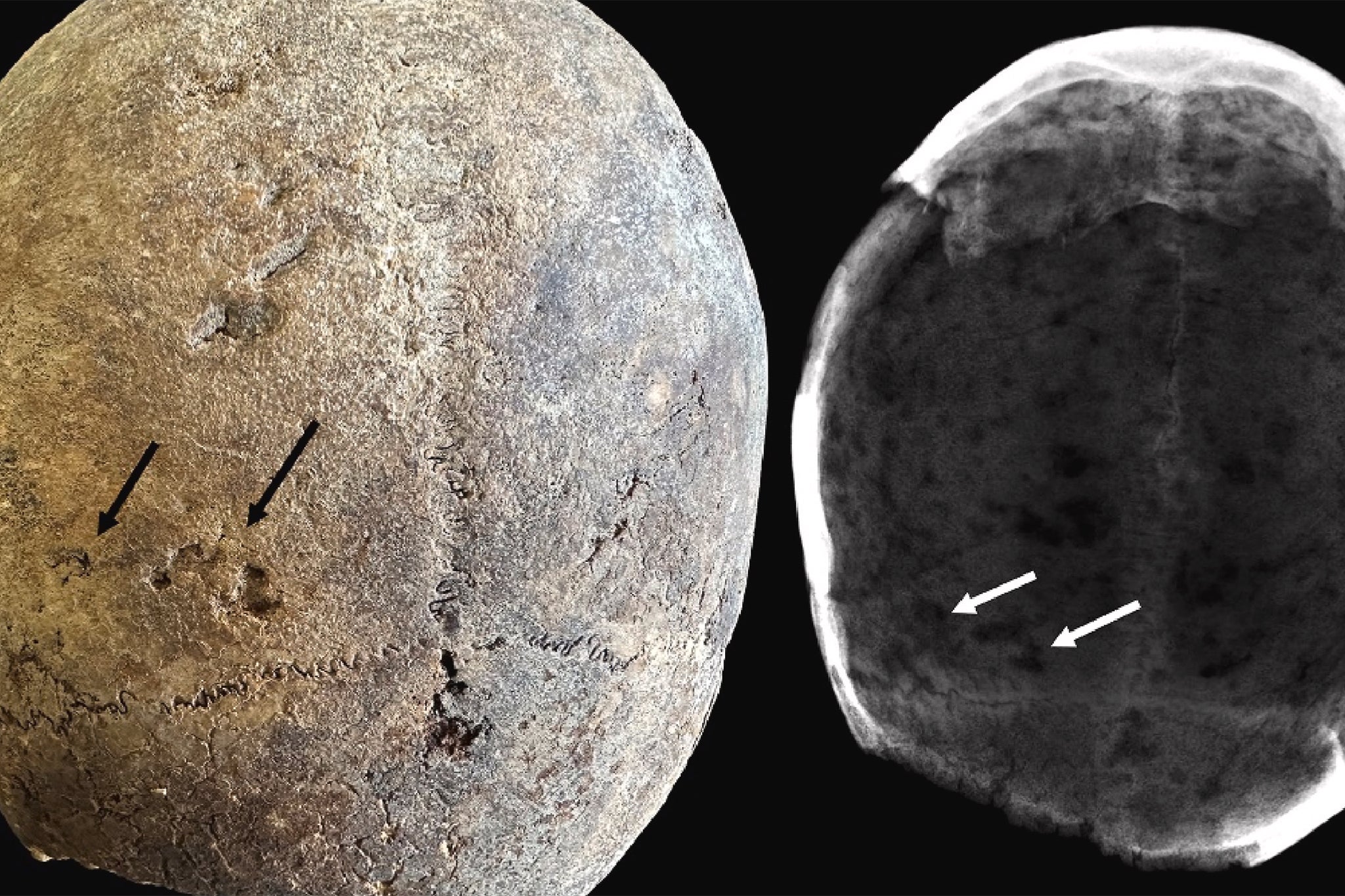Traces of cocaine have been discovered in the brains of two people who died in Italy 400 years ago, revealing that the drug was being used in Europe much earlier than previously thought.
University of Milan researchers discovered the remnants of the narcotic in two bodies buried in a 17th century hospital cemetery in Milan.
The experts found three key molecules – cocaine, hygrine and benzoylecgonine – in the brain tissue of the two individuals – who likely used the substance to self-medicate just before they died.
“It may have been administered as part of a medical remedy by healers not practicing in the hospital,” researcher Gaia Giordano told Live Science.
The study, published in the Journal of Archaeological Science, said that the narcotic was likely consumed by chewing coca leaves known as Erythroxylum coca.

Previously, the plant was believed to have reached Europe from South America in the 19th century. But the study said it was now clear it arrived almost two centuries earlier than that.
“These laboratory analyses not only backdate the arrival of the Erythroxylum spp. by almost two centuries in Europe,” Ms Giordano told the same publication.
“They also demonstrate that some Milanese citizens came into contact with this New World plant and chewed or brewed its leaves as tea.”
The Milanese hospital records don’t mention cocaine as a treatment until the 19th century, so it is likely that these two individuals had sourced coca leaves by themselves, the researchers said.
The presence of cocaine in the brain tissue hinted that the cocaine intake happened when the users were close to death, they added.
As the Duchy of Milan was under Spanish rule in the 17th century and was one of the destinations of sea trade from the Americas, it’s possible that some coca plants reached Milan unbeknown to the authorities.
In the centuries since, cocaine has spread across the world, becoming “a widespread substance of abuse for its psychoactive properties, as well as the cause of fifth of overdose deaths across the world in the 20th century,” the authors said.











